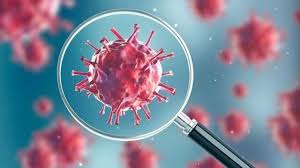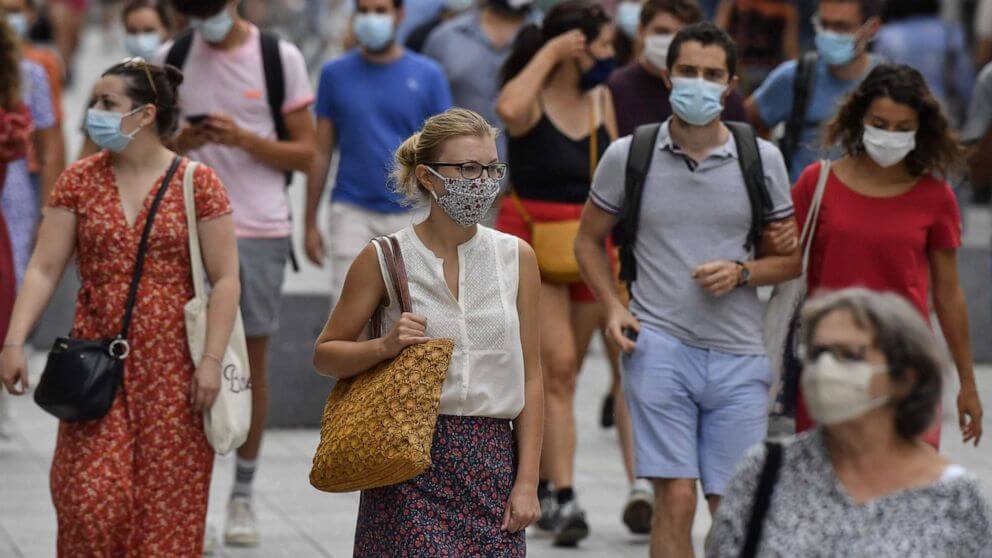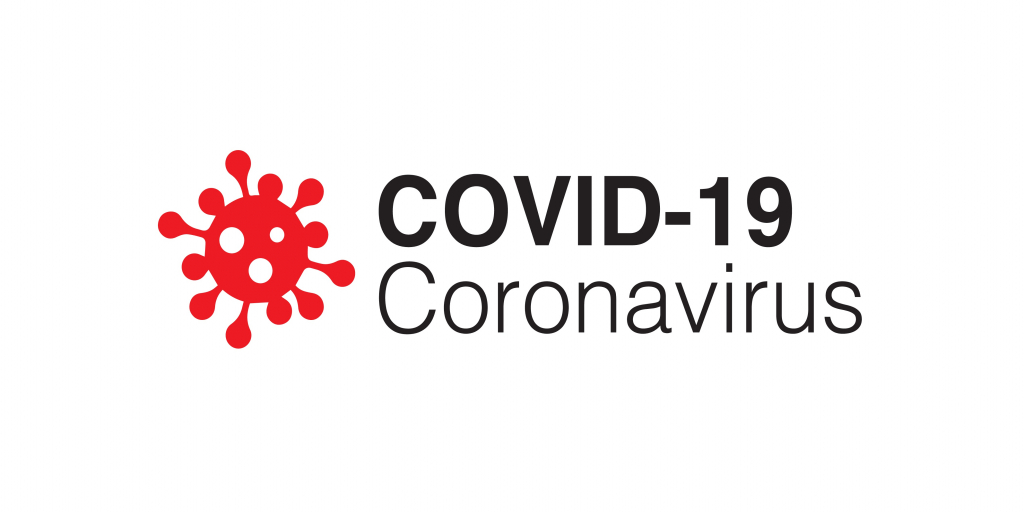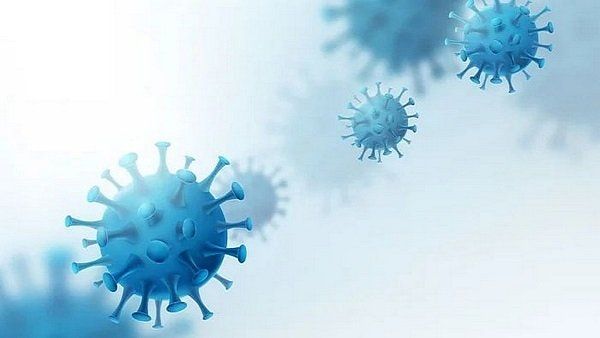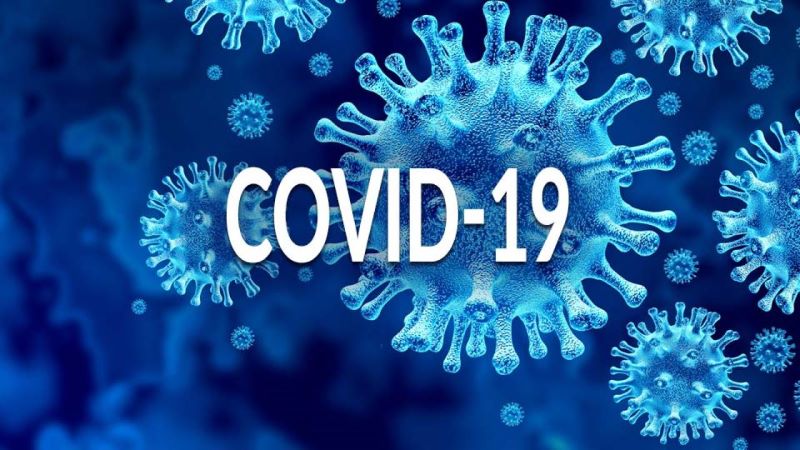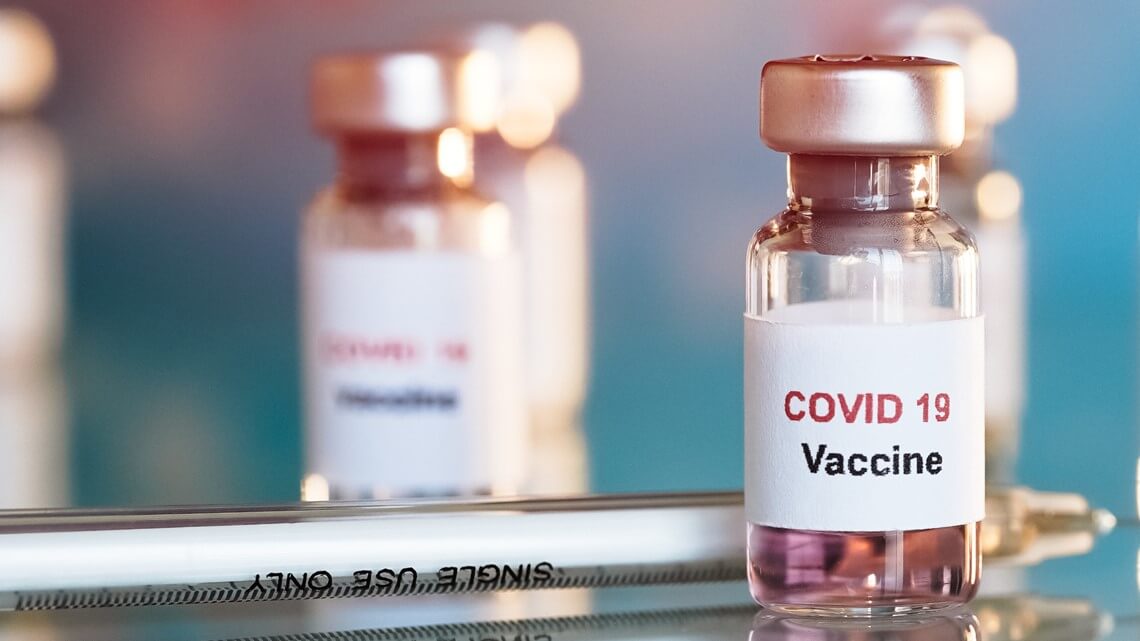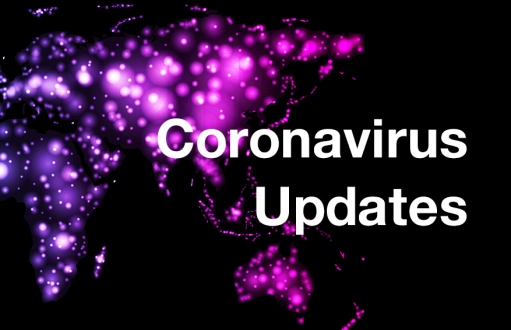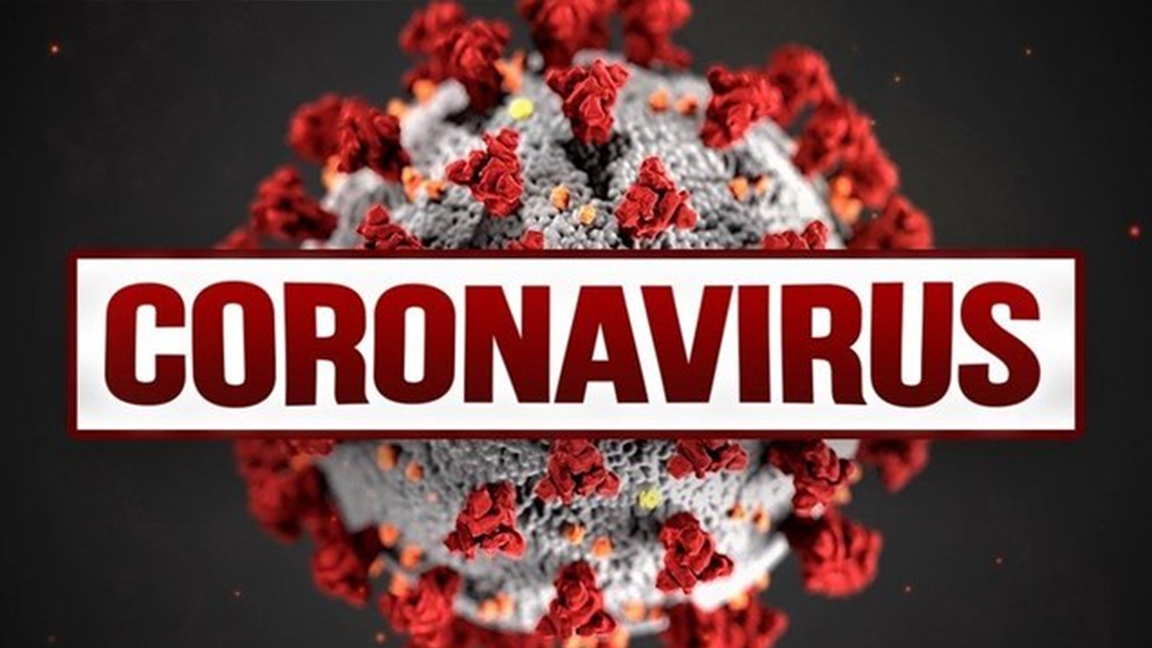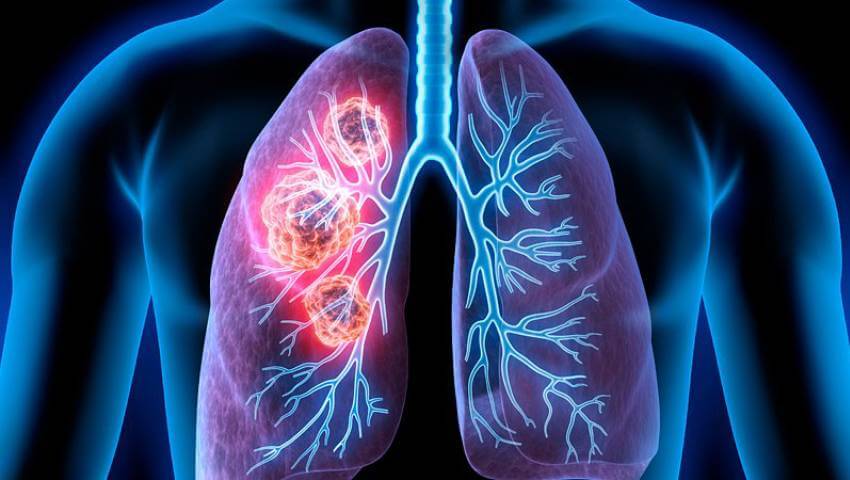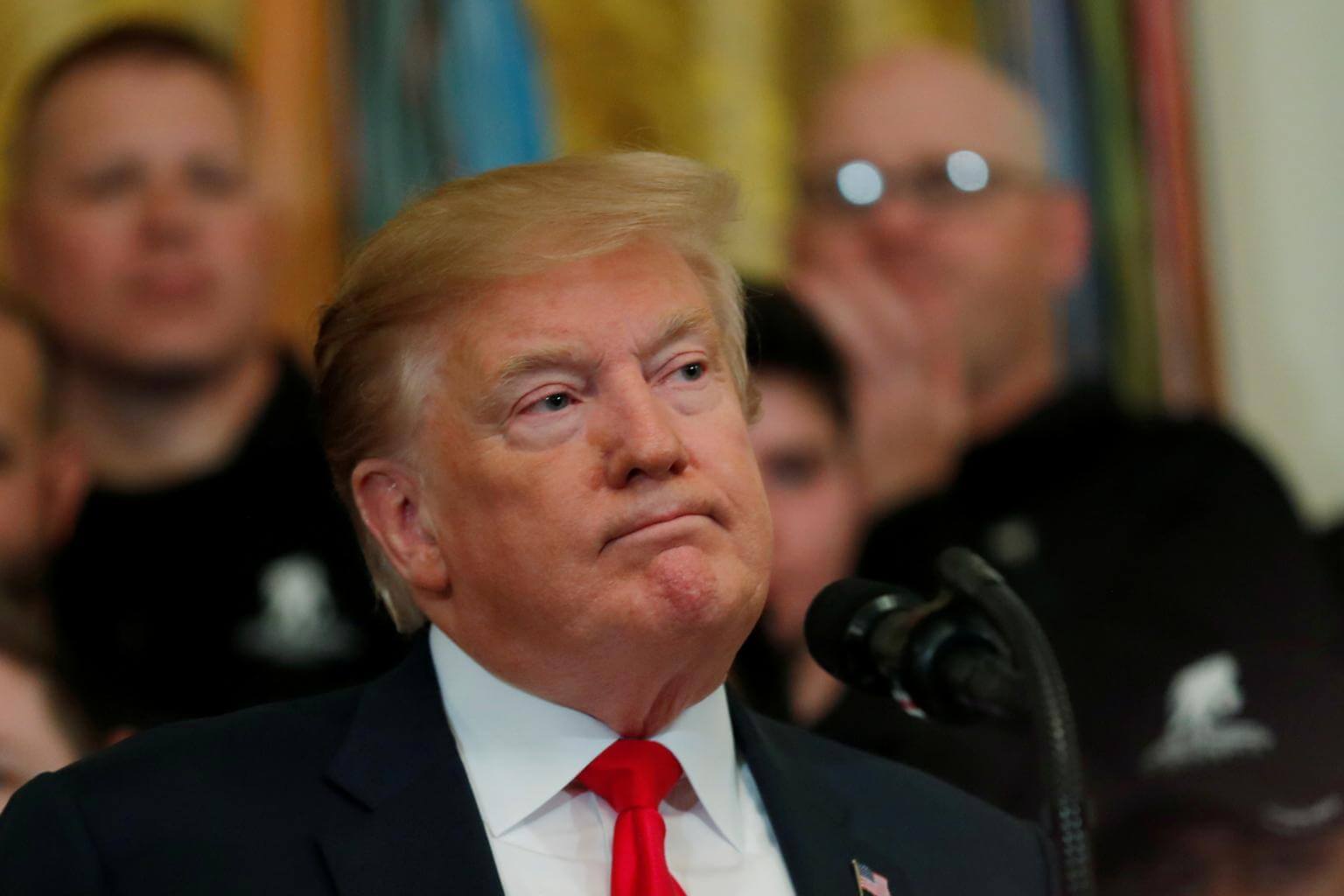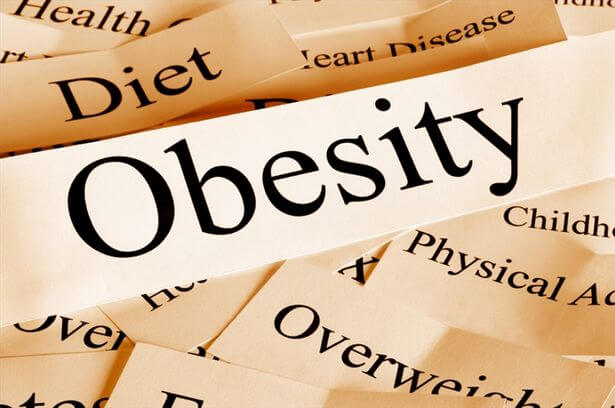US health officials estimate 20 million Americans have had virus
Fri 26 Jun 2020, 11:14:28
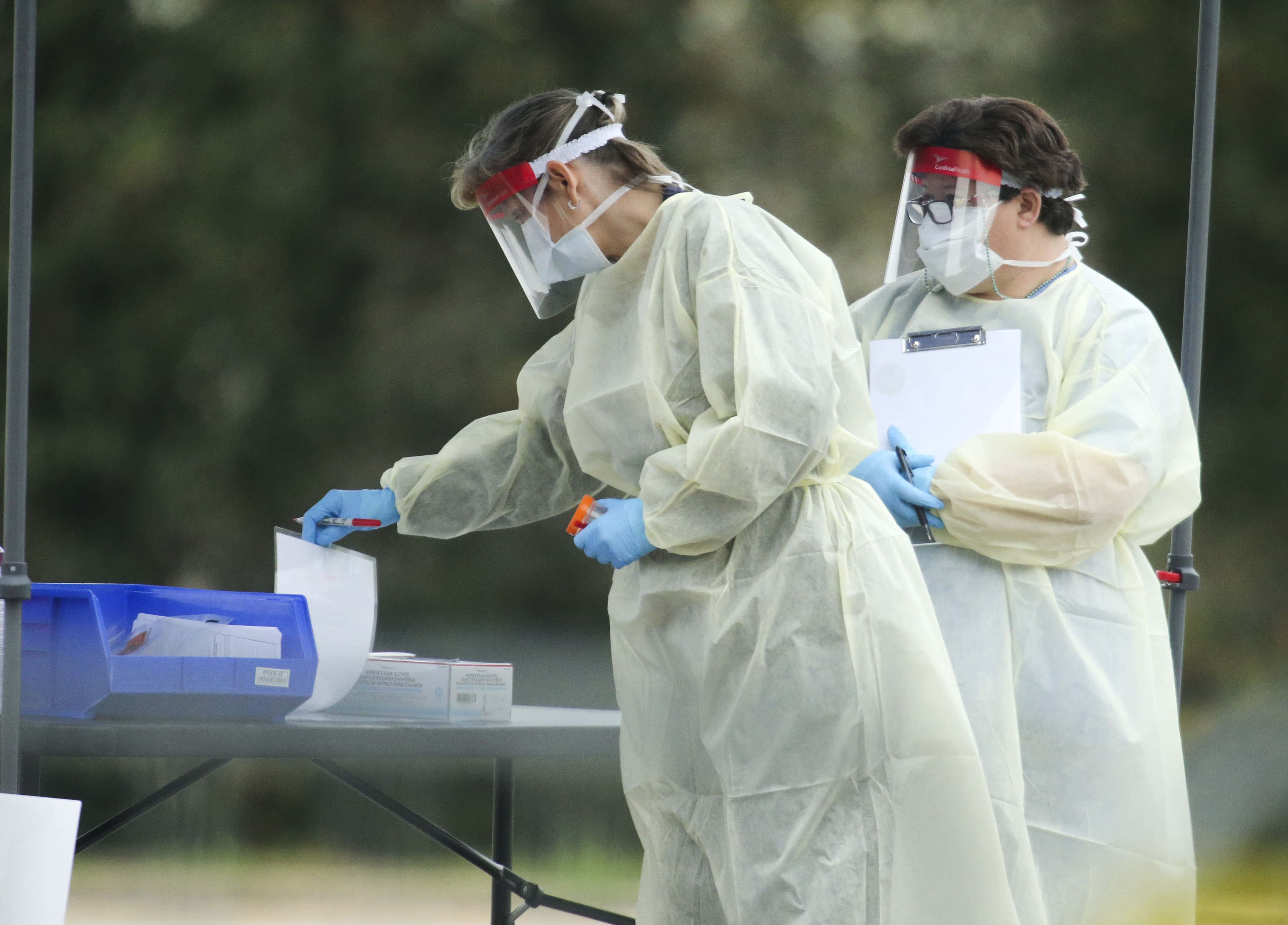
Washington: US officials estimate that 20 million Americans have been infected with the coronavirus since it first arrived in the United States, meaning that the vast majority of the population remains susceptible.
Thursday's estimate is roughly 10 times as many infections as the 2.3 million cases that have been confirmed. Officials have long known that millions of people were infected without knowing it and that many cases are being missed because of gaps in testing.
The news comes as the Trump administration works to tamp down nationwide concern about the COVID-19 pandemic as about a dozen states are seeing worrisome increases in cases.
The administration also looks to get its scientific experts back before the public more as it tries to allay anxieties about the pandemic while states begin reopening.
Since mid-May, when the government began stressing the need to get the economy moving again, the panel's public health experts have been far less visible than in the pandemic's early weeks.
Twenty million infections means that about 6% of the nation's 331 million people have been infected.
"It's clear that many individuals in this nation are still susceptible, Dr. Robert Redfield, director of the Centers for Disease Control and Prevention, said on a call with reporters Thursday.
Our best estimate right now is that for every case that was reported, there actually are 10 more infections. Previously, CDC officials and the nation's top infectious-disease expert, Dr. Anthony Fauci, have said that as many as 25 per cent of infected people might not have symptoms.
There's an enormous number of people that are still vulnerable, said Dr. Joshua Sharfstein, vice dean at the Johns Hopkins Bloomberg School of Public Health.
"It still remains a potentially lethal disease. It's a roll of the dice for everybody who gets the illness. Also, you're rolling the dice for other people who you may give the virus to.
The new estimate is based on CDC studies of blood samples collected nationwide some by the CDC and others from blood donations and other sources. Many infections were not caught in early testing, when supplies were limited and federal officials prioritized testing for those with symptoms.
Administration officials are pointing to the new data to allay public anxieties, claiming that while there have been significant spikes, they have the outbreaks well in hand.
They maintained they were not trying to minimise a public health crisis, but said the nation is in a markedly different place with the virus
now than when the US last saw similar infection numbers in mid-April, when testing infrastructure was weaker.
now than when the US last saw similar infection numbers in mid-April, when testing infrastructure was weaker.
The officials spoke on condition of anonymity late Wednesday to discuss the matter candidly.
This is still serious, Redfield said on the call with reporters Thursday. But I'm asking people to recognize that we're in a different situation today than we were in March or April, with more cases today in younger people who are not as likely to develop serious illness or die from infection, he said.
President Donald Trump, who refuses to wear a face mask in public, has been playing down the virus threat, insisting recently that it's fading away, it's going to fade away. Vice President Mike Pence, during an appearance in Ohio, said the U.S. had met the moment" in fighting the virus.
Redfield said infection prevalence rates ranged from 1 per cent in some areas of the West Coast to much higher in New York City.
Several independent experts said the methods and locations of sampling are key to interpreting the numbers.
Dr. Thomas Tsai, a Harvard University health policy researcher, said 20 million seems reasonable, but most of these estimates exist in a range and it's important to know how wide that is.
It's hard to interpret this just from a single number and without the context for it, such as what locations were sampled and whether it was truly a random slice of a population or areas of low or high prevalence, which can skew the results.
Justin Lessler, a researcher at Johns Hopkins Bloomberg School of Public Health, said 20 million infected "is about what you'd expect based on the case fatality rate and the number of deaths that have occurred so far in the U.S.
Despite the phaseout of daily White House coronavirus briefings, the administration has been closely monitoring data on the spread of COVID-19 and has been deploying teams from the CDC to identify and stem outbreaks around the country.
A dozen states in recent weeks have seen a worrisome uptick in new cases, as well as in the more critical measure of the percentage of positive cases discovered in tests performed.
Seven states have seen more than 10 per cent of tests come back positive. And troublesome spikes in Sun Belt states have dominated news coverage in recent days, to the consternation of Trump administration officials.
They point instead to more nuanced county-level data, which shows positivity rates exceeding 10 per cent in just 3 per cent of the nation's counties.
No Comments For This Post, Be first to write a Comment.
Most viewed from Coronavirus Updates
Most viewed from Health
AIMIM News
Delhi Assembly polls: Owaisi leads Padyatra in Okhla
Feb 01, 2025
We reject this Waqf Amendment Bill: Asaduddin Owaisi
Jan 30, 2025
Latest Urdu News
Most Viewed
May 26, 2020
Do you think Canada-India relations will improve under New PM Mark Carney?
Latest Videos View All
Like Us
Home
About Us
Advertise With Us
All Polls
Epaper Archives
Privacy Policy
Contact Us
Download Etemaad App
© 2025 Etemaad Daily News, All Rights Reserved.

